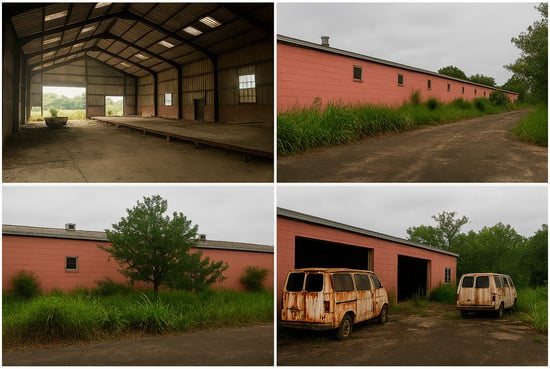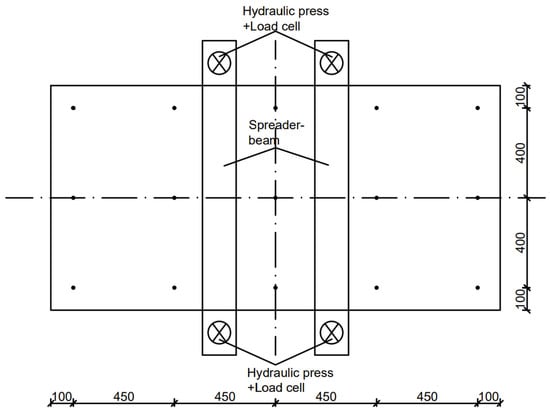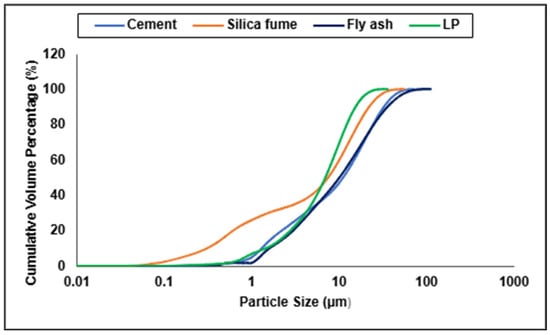- Article
Beyond Burnt Bricks: Reassessing Otukpo Soil for Sustainable Construction Applications
- John Audu,
- Sylvester Osuji and
- Okiemute Ogirigbo
The Otukpo Burnt Brick Factory has remained dormant for more than three decades despite repeated government interventions. In this context, the present study investigates the suitability of soils from Otukpo, Benue State, Nigeria, for unfired brick production and as supplementary cementitious materials (SCMs). Four representative samples (OT1–OT4) were subjected to X-ray fluorescence (XRF), thermogravimetric analysis (TGA), particle size distribution (PSD), X-ray diffraction (XRD), unconfined compressive strength (UCS), cube strength, shrinkage, and water absorption tests. The results revealed high reactive oxide contents (SiO2 + Al2O3 + Fe2O3 > 93%) with low SO3 and moderate loss on ignition (~6%), thus indicating strong pozzolanic potential. PSD residues on the 45 µm sieve ranged from 6.8 to 17%, which is well below the ASTM C618 limit of 34%. XRD confirmed quartz and kaolinite as dominant phases. Strength activity indices showed that only OT3 and OT4 exceeded Nigerian (NIS 693:2007) and Indian (IS 1725:2023) standards when stabilized with 5 wt.% cement or sodium hydroxide; while OT1 and OT2 were below these thresholds. Water absorption values for OT3 (18.69%) and OT4 (19.04%) marginally satisfied Indian standards but failed Nigerian requirements, which is reflective of high porosity. Linear shrinkage (~14%) met IS 1498 marginally, and pH values (6.14–6.34) were consistent with lateritic soils. Overall, OT3 and OT4 demonstrated promise for low-energy SCMs and unfired brick applications, though they must be restricted to non-load-bearing uses unless further stabilization is applied.
19 December 2025





